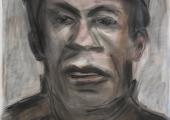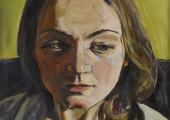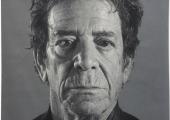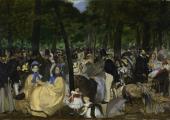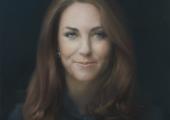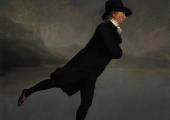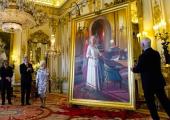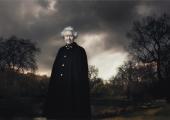Tony Blair by Alastair Adams
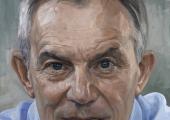
A portrait of the former PM gets to the heart of what he is about now
“Repellent” is one word I’ve heard to describe Alastair Adams’ new portrait of Tony Blair, but I don’t know if that’s a reaction to the painting or the subject. In either case, I can’t say I share that gut-reaction. Most of the portraits in the National Portrait Gallery manage to say very little about the subject or their reputation. This one does, so that’s my first positive response to it.

